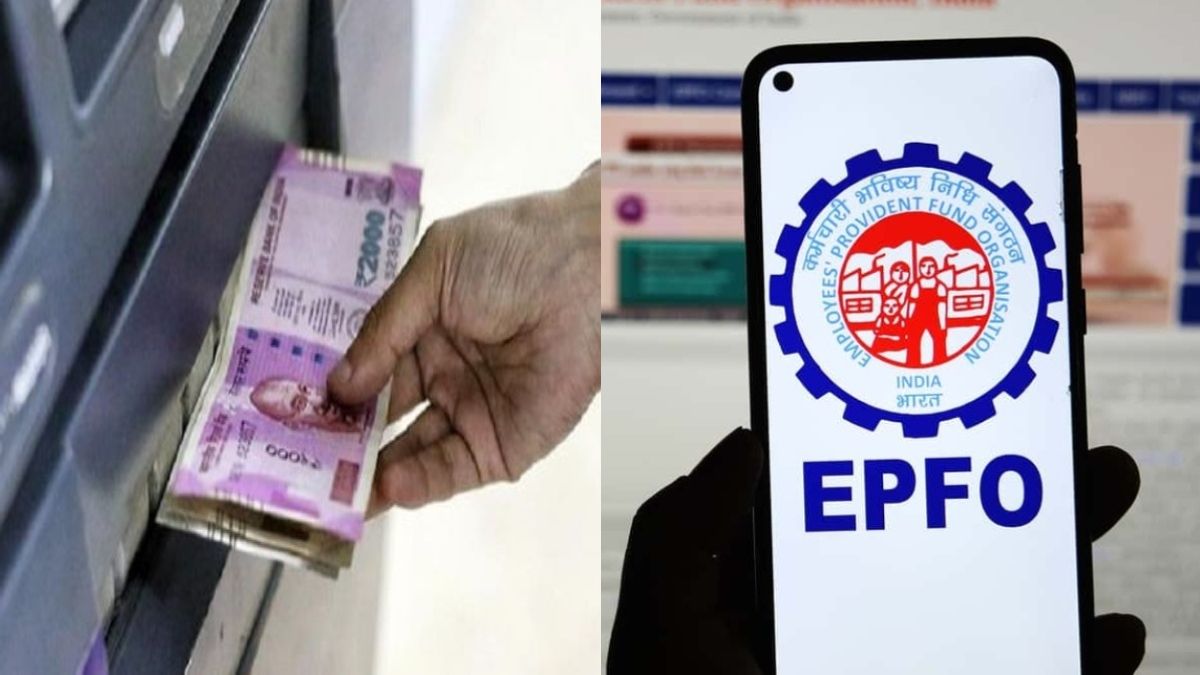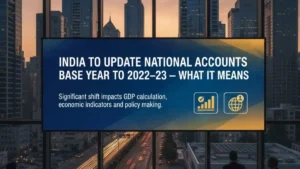In a significant move to improve financial accessibility and enhance service delivery, Union Labour Minister Mansukh Mandaviya on Tuesday (June 25, 2025) announced that the Employees’ Provident Fund Organisation (EPFO) has raised the limit for auto-settlement of advance withdrawal claims from ₹1 lakh to ₹5 lakh.
This development means EPFO members can now get up to ₹5 lakh disbursed within three working days, without human intervention, for pre-approved withdrawal purposes.
Objective: Faster Disbursement in Times of Urgent Need
According to Mandaviya, “The EPFO has increased auto-settlement limit for advance claims from ₹1 lakh to ₹5 lakh to facilitate faster fund access, especially during urgent or unforeseen financial needs.”
This move is part of the government’s broader push toward automation and service transparency in handling employee benefits and social security.
Background: Evolution of the Auto-Settlement Facility
The online auto-settlement mechanism was first launched by EPFO during the COVID-19 pandemic, to address urgent cash requirements of its members. Initially limited in scope, the system allowed faster disbursals for medical emergencies.
Over time, it has been expanded to include claims for:
-
Illness
-
Education
-
Marriage
-
Housing
These claims are processed entirely through the digital system, ensuring quick turnaround, transparency, and zero human bias or delay.
Massive Growth in Auto-Settled Claims
Mandaviya shared updated statistics that highlight EPFO’s increasing reliance on digital processing:
-
In FY 2024-25, the EPFO auto-settled 2.34 crore advance claims, a 161% increase from 89.52 lakh claims in FY 2023-24.
-
In just the first 2.5 months of FY 2025-26, 76.52 lakh claims have already been auto-settled, forming 70% of total advance claims processed so far this year.
-
The share of auto-settled claims rose from 31% in FY24 to 59% in FY25.
This leap in numbers demonstrates EPFO’s commitment to digital governance, member-centric reforms, and efficient fund disbursement.
Impact: Improved Access and Member Confidence
The increase in auto-settlement limit is expected to benefit lakhs of EPFO members, especially in times of urgent requirements such as medical treatments or higher education.
It aligns with the government’s vision to:
-
Empower salaried and retired workers
-
Strengthen India’s social security architecture
-
Modernize delivery of public services
EPFO’s automation model now serves as a benchmark for other financial and social institutions in India aiming to minimize delays and manual dependencies.



 India to Update National Accounts Base Y...
India to Update National Accounts Base Y...
 Index of Industrial Production shows wea...
Index of Industrial Production shows wea...
 The Rise of Indian Coffee on the Global ...
The Rise of Indian Coffee on the Global ...







